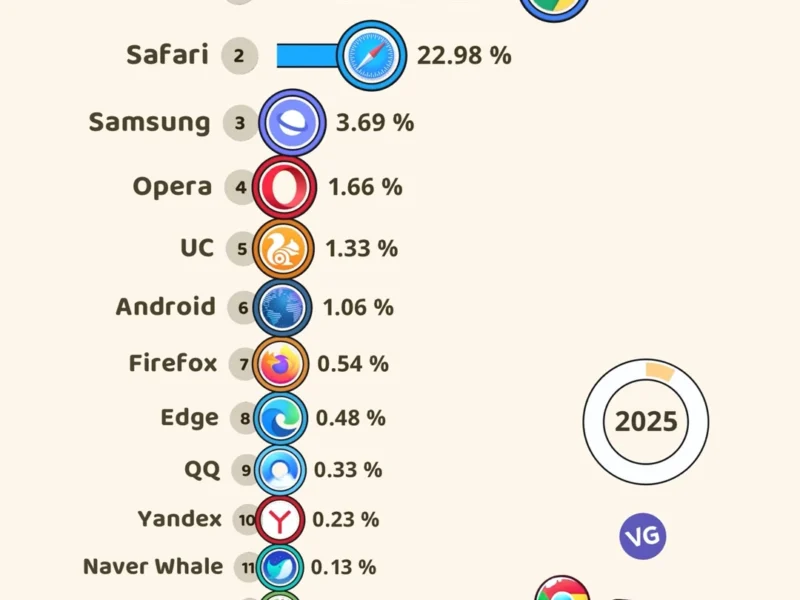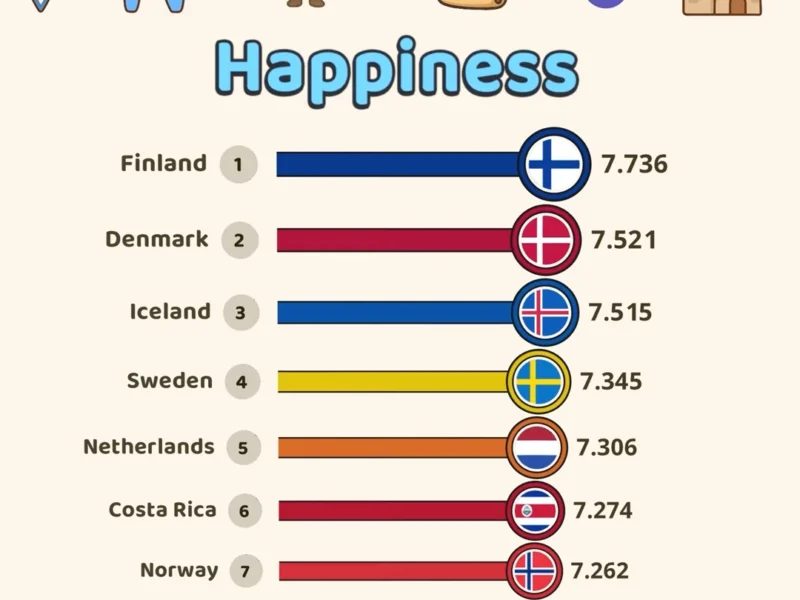India is known for its large and diverse population. Some states are very populated.1 Uttar Pradesh is the most populated state in the country. In 2011, it had over 199 million people.2
That’s more than 16% of India’s total population. It’s also higher than the population of many countries.2 The next most populated states are Maharashtra and Bihar. They have over 112 million and 104 million people, respectively.
Key Takeaways:
- Uttar Pradesh is the most populated state in India, with a population of over 199 million as of 2011.
- Maharashtra and Bihar are the second and third most populous states, with populations of over 112 million and 104 million respectively.
- The top five most populated states in India also include West Bengal and Madhya Pradesh.
- India as a whole is the world’s second most populous country, behind only China, with an estimated population of over 1.4 billion as of 2022.
- The uneven distribution of population across India’s states presents both challenges and opportunities for the country’s development.
Introduction to India’s Population
India is a country known for its big and diverse population. It makes up about 17.5% of the people in the world.3 With over 1.4 billion people, it is the world’s second most populous nation after China.3 Many things have led to this large number, such as having lots of kids, fewer deaths, and a young population.3 India’s deep culture, job opportunities, and social life attract many people to live there.3 Yet, the people are not spread out evenly. Places like Uttar Pradesh, Maharashtra, and Bihar have more people than some other places.
India’s Position as the World’s Second Most Populous Country
India has over 1.4 billion people, which is 17.5% of everyone on the planet. This makes it the second biggest country in terms of population.3 Its large and diverse population showcases its rich culture, economic chances, and lively social environment.3
Factors Contributing to India’s Population Growth
India’s population has grown for several reasons. These include having many babies, fewer people dying, and a younger age group.3 India’s cultural richness, job market, and social life have also helped in making it a heavily populated place.3
Uttar Pradesh: The Most Populated State in India
Uttar Pradesh is northern India’s most packed state. It holds over 199 million people. This count is from the 2011 Census.1 The area’s size makes it India’s top spot for people living in each square kilometer.1 About 77.73% of the folks here prefer rural living spaces.1 You’ll find the famous Taj Mahal and spiritual Varanasi here. These places add to the state’s rich culture and strong religious connections.
Key Facts and Figures about Uttar Pradesh’s Population
In 2011, the state reported around 199,812,341 residents. They added up to 16.51% of India’s whole population.1 It has 828 folks in every square kilometer.1 Most, about 77.73%, choose to live outside cities.1 The balance chooses urban life.
From 2001 to 2011, life kept getting better for women in the state. There were 940 females for every 1000 males in 2011.1 This shows a better balance between the sexes.
The state is also strong in Indian politics. It has many seats in the Lok Sabha and the Rajya Sabha, showing its voice counts.1 Uttar Pradesh’s population growth hit 20.2% from 2001 to 2011.1 Looking forward to 2023, experts estimate the state’s crowd will grow to 235,687,000. Most of this growth will be in the rural areas.
Historical and Cultural Significance of Uttar Pradesh
Uttar Pradesh is a cultural treasure trove. It boasts the Taj Mahal and Varanasi. These spots hold high spiritual and religious value to many.1 The state is home to various peoples, including a 14% share of Scheduled Tribes.
Most people speak Hindi in Uttar Pradesh. But you can also hear Urdu, Punjabi, Bengali, and English. This linguistic mix adds to the cultural diversity of the area.4 The state’s cultural and historical richness ties it deeply to the very soul of India.
Maharashtra: The Second Most Populous State
Maharashtra is in western India. It’s the second most populous state in the country. As of the 2011 Census, it had over 112 million people living there.2 This state makes up about 9.28% of all of India’s people. It has a good mix of people living in the countryside (54.78%) and in cities (45.22%).2
Population Distribution in Maharashtra
In Maharashtra, the people are spread out fairly between the countryside and the cities. This shows the state’s even population. It has 365 people for every square kilometer.2 There are 929 women for every 1,000 men.2 This tells us Maharashtra can use its people well for development.
Economic and Industrial Importance of Maharashtra
Maharashtra is very important in India for its economy and industry. It has Mumbai, the financial capital. And it’s big in manufacturing, IT, and services.2 With so many people and its economic power, Maharashtra plays a big role in India’s growth.2 From 2001 to 2012, it grew by 16%. It’s likely to have around 126,385,000 people in 2023.1
Bihar: The Third Most Populous State
Bihar, in eastern India, is the country’s third most populous state. It has over 104 million people based on the 2011 Census data.12 This state makes up about 8.6% of India’s total population2. It’s mostly rural, with 88.71% living in the countryside2.
Bihar’s large rural population brings both challenges and chances for growth. It faces poverty, limited education, and health care access. Bihar also needs more infrastructure for its increasing population.1
| Key Bihar Population Statistics | Data |
|---|---|
| Total Population (2011 Census) | 104,099,4522 |
| Percentage of India’s Total Population | 8.6%2 |
| Rural Population | 88.71%2 |
| Urban Population | 11.29%2 |
| Population Density | 1,102 persons per square kilometer12 |
| Sex Ratio | 918 females per 1,000 males12 |
| Growth Rate (2001-2011) | 25.4%1 |
| Lok Sabha Seats | 401 |
| Rajya Sabha Seats | 161 |
| Child Sex Ratio (2001-2011) | Declined from 927 to 9141 |
With its significant rural population, Bihar finds itself at a critical juncture. It must address poverty, education, and health care shortages. It also needs to focus on building better infrastructure for its people as they continue to grow.1
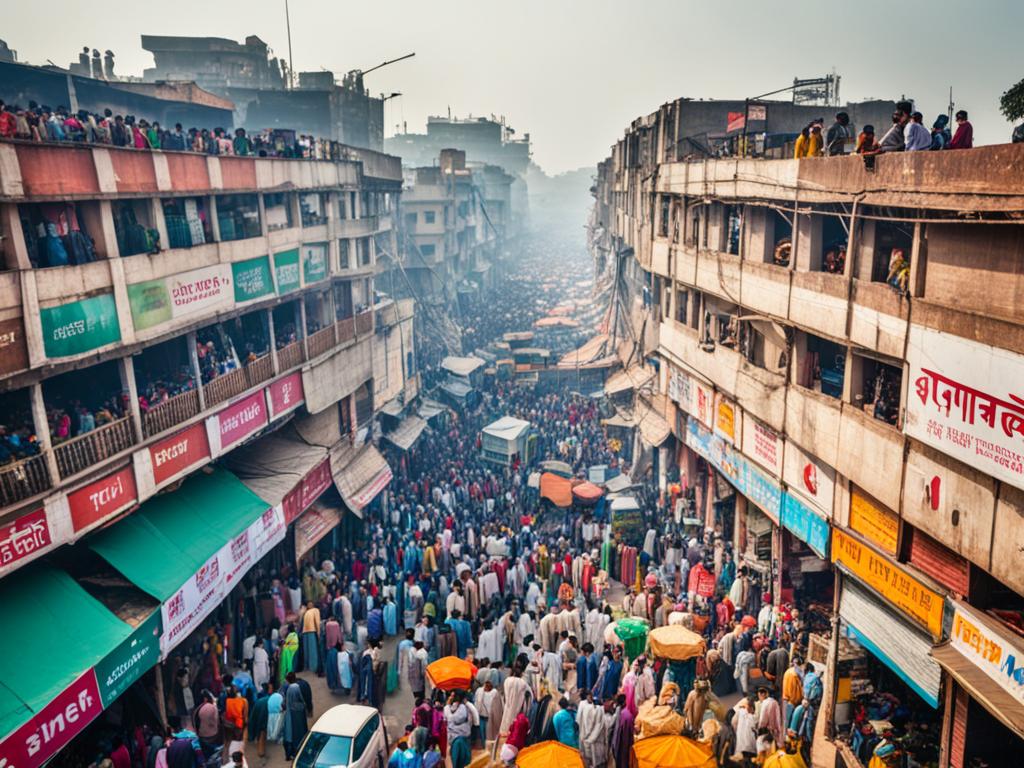
West Bengal: Fourth in Population Rankings
West Bengal is in the east of India. It ranks fourth in the nation for its population. According to the 2011 Census, it has over 91 million people.2 This makes up about 7.54% of India’s population. The people are spread well between rural (68.13%) and urban (31.87%) areas.2
Demographic Trends in West Bengal
As of the 2011 Census, West Bengal had 91,276,115 people. This was 7.54% of India’s total population.1 Between 2001 and 2011, the population grew by 13.8%. Now, an estimated 99,084,000 people live there. Most people live in the rural areas (68.13%).1 The rest live in the cities (31.87%).1 The state is densely populated, with 1,029 people per square kilometer.21 In 2011, there were 953 females for every 1,000 males.1
There are 42 Lok Sabha and 17 Rajya Sabha seats in West Bengal. A majority, 62.2%, of its people live in the countryside. About 29.2% of the population is in the cities.1 The child sex ratio has been decreasing. It went from 927 girls for every 1,000 boys in 2001, to 914 in 2011.1
Cultural Heritage and Contributions of West Bengal
West Bengal is famous for its rich culture. This includes its achievements in literature, art, and music. It also has a strong history of movements that shaped India intellectually and politically. The state’s varied population and culture add greatly to India’s overall societal and cultural scene.
Madhya Pradesh: The Fifth Most Populated State
Madhya Pradesh is in central India and it’s the fifth most populous state. More than 72 million people lived there according to the 2011 Census.1 About 6% of India’s population lives in this state2. And over 70% of its people live in rural areas.1 It’s known for its mountains, like Vindhya and Satpura, and its cultural sites.
The state faces both challenges and chances due to its size and people’s needs. Its population has been going up over the years. In 2024, it had nearly 88 million residents, which was about 6.26% of the country’s population.5 Its growth rate was 1.19% in 2024.5
| Key Demographic Statistics of Madhya Pradesh |
|---|
| Total Population (2011 Census): 72,626,80912 |
| Percentage of India’s Total Population: 6%2 |
| Rural Population: 52,557,404 (72.37% of total)1 |
| Urban Population: 20,069,405 (27.63% of total)1 |
| Population Density: 236 persons per square kilometer1 |
| Sex Ratio: 931 females per 1000 males12 |
| Lok Sabha Seats: 291 |
| Rajya Sabha Seats: 111 |
Madhya Pradesh has a big and mostly rural population. There are challenges and chances for its growth. Its cultural heritage and mountains make it special in India’s map.
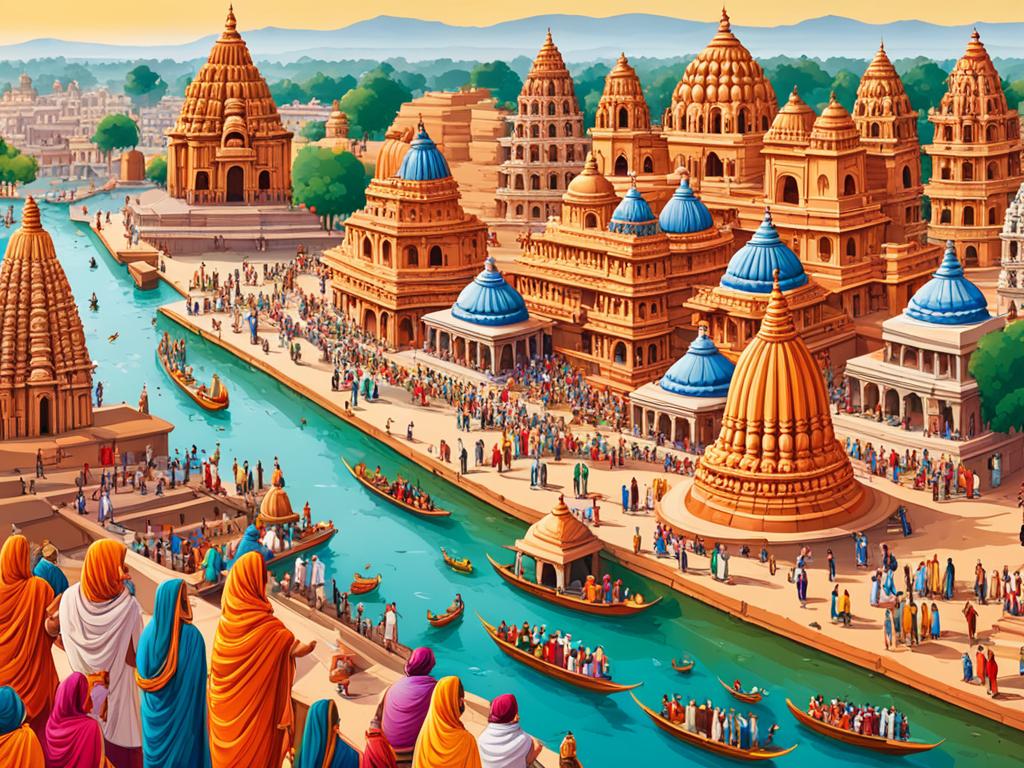
most populated state in india: An Overview
The people in India are not spread equally across the country’s 28 states and 8 union territories. Some places have many more people than others.2 The reasons for this include the land, weather, jobs, and where people have settled in the past.6
Factors Influencing Population Distribution in India
States like Uttar Pradesh, Maharashtra, and Bihar have a lot of people. This brings challenges with using resources well, making enough things like roads, and providing services to many. But, there’s also a chance for these places to grow in economy and culture.2 This can happen if they find good ways to handle their big population.1
Challenges and Opportunities Associated with High Population Density
Some areas in India, such as Uttar Pradesh, Maharashtra, and Bihar, are much more crowded than others.2 Having many people in these states makes it hard to manage resources right, build good infrastructure, and offer services to everyone.
Despite the challenges, these states also have chances to do well in business, share culture, and grow in society. For this to happen, they need to deal wisely with their population issues.1
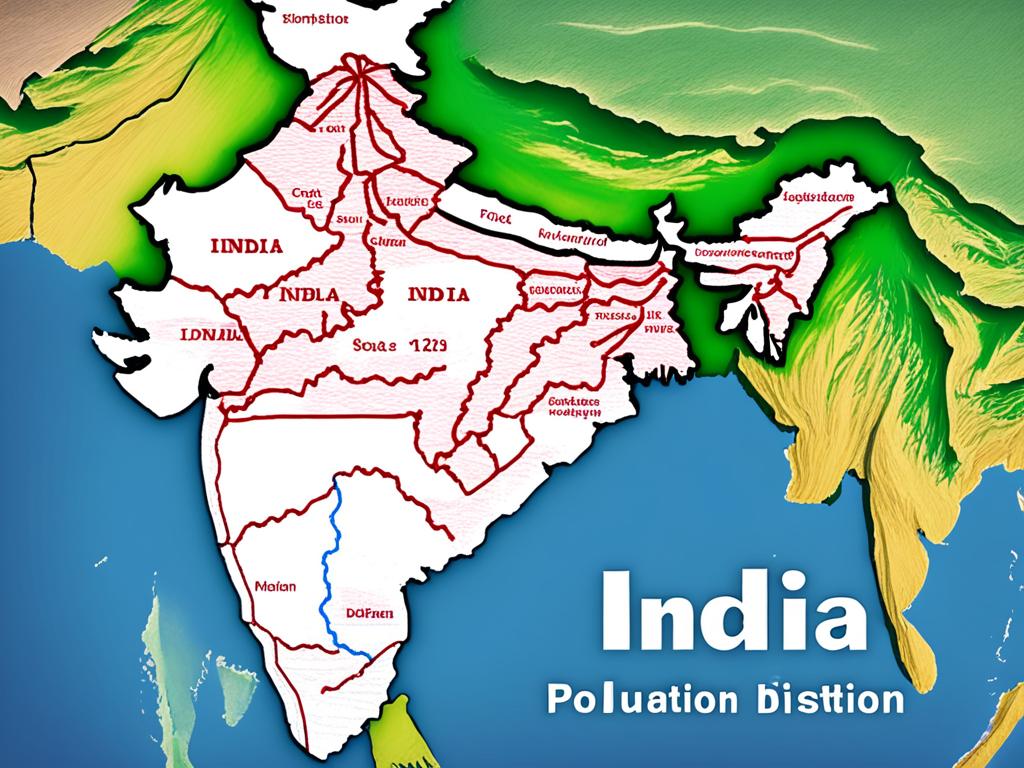
Population Growth and Development Initiatives
The Government of India has set up many policies and programs to tackle its7 growing population. These include plans for families, better healthcare, and awareness campaigns. Family planning and getting quality healthcare are key. They help people and families choose when to have children wisely. This supports good health for all. Yet, getting these services to everyone is a big challenge. Especially in highly populated areas, more work is needed to manage the population well.
Government Policies and Programs for Population Management
The Government of India works on many policies and programs to control its8 growing population. It uses family planning, healthcare, and education to show why we need to keep the population in check. Family planning and healthcare are vital. They let people decide about having kids smartly. They also make sure everyone gets the health help they need. But, reaching everyone with these services is tough. It’s hardest in places where lots of people live. There, better ways to manage the population are crucial.
Role of Family Planning and Healthcare Services
Family planning and healthcare are essential in managing India’s population issue. They help people make smart choices about having children. Plus, they ensure folks can stay healthy. In 2021-22, the government spent about 2.1 percent of its money on healthcare, showing growing support for health services. However, there aren’t enough hospital beds. There’s only 0.5 public hospital beds per 1,000 people. This falls short of what the World Health Organization recommends. So, India still faces big challenges in giving healthcare to its people. These challenges are especially tough in the most crowded places, where better ways to manage the population are a must.
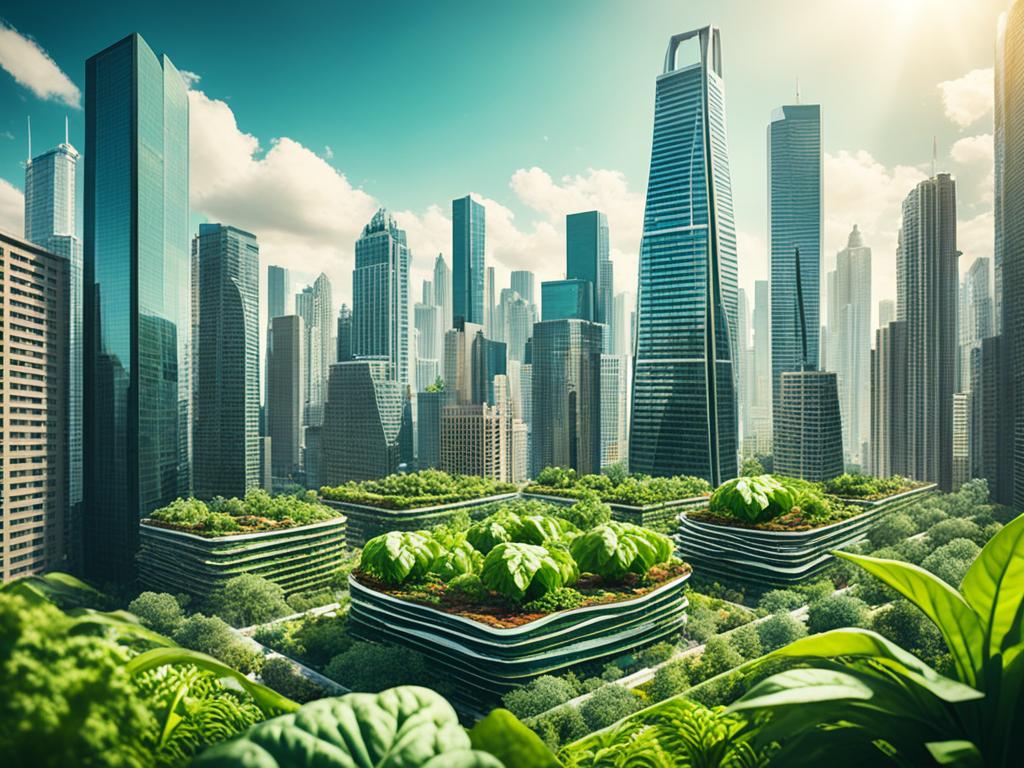
Urban vs Rural Population Dynamics
In India, there’s a mix of people living in urban and rural areas. This mix varies a lot across different states. Places like Maharashtra and Gujarat are becoming more urban. On the other hand, Uttar Pradesh and Bihar are mainly rural.9 This mix offers chances for growth but comes with its own set of problems for development.
Urbanization Trends in India’s Most Populous States
Urban settings in big Indian states show big promises for jobs and access to things we need. But, they also struggle with too many people, strained roads, and pollution.9 Meanwhile, the rural zones in these places often miss vital services, schooling, and health aid. This slows their progress and deepens the gap between rich and poor areas.9
Challenges Faced by Rural Areas in Populous States
The rural population in big states like Uttar Pradesh and Bihar finds it hard to get basic services.9 This big gap between the city and countryside is a major part of the dynamics in these densely populated states. Fixing these issues is key to fair and broad development in India.9
Environmental and Sustainability Concerns
India’s most populated states face big challenges for the environment. The need for more food, energy, and homes strains the land, water, and forests. This leads to deforestation, water shortages, and pollution, which affect both local and global conditions.
Impact of High Population Density on Natural Resources
In India, 63 cities are among the world’s most polluted, with New Delhi leading in bad air quality. A huge part of the cities has air quality more than ten times worse than WHO’s guidelines.10 India ranks third globally as a big polluter, putting 2.65 billion metric tonnes of carbon in the air annually. This has led to bad air quality in 2021, breaking a three-year trend.
Water pollution claims a big economic cost, lowering agricultural revenue by 9%. About 40 million people in India get sick from dirty water yearly, with 400,000 deaths. India’s plastic use is also a concern, with daily production over 25,000 tonnes. It leads in riverine plastic waste and may see a big increase in trash by 2030, with very little recycling done.
Strategies for Sustainable Development in Densely Populated Areas
The Indian government and other groups are working on green strategies. They focus on clean energy, smart use of resources, and protecting the environment for the long term.11 The goal is a more stable ecosystem and the health of India’s diverse people requires looking at the big picture.
Socio-Economic Implications of Population Growth
India has over 1.4 billion people12. This large population is both a promise and a challenge. It offers a vast workforce for economic growth. Yet, it strains the job market, education, and healthcare. These are real challenges due to the annual growth rate of 1 percent12.
Employment Opportunities and Challenges
India finds it hard to match job creation to the rise in people needing work. This leads to high unemployment, at 8.5 percent12, and underemployment. The fast population growth13 means more effort is needed to uplift the marginalized, who suffer poverty. Nearly 16.4 percent live below the poverty line, with 4.2 percent in severe poverty12.
Access to Education and Healthcare Services
High population areas often see a strain on education and health services. This hinders the country’s human development. India spent only 2.1 percent of its GDP on healthcare in 2021-2212. It falls short of providing enough hospital beds, with just 0.5 for every 1,000 people. This is below the WHO’s standard of 1 bed for 1,00012. The nation needs to better its healthcare. This means improving primary, maternal, child healthcare, and adding treatment facilities12.
To tackle these issues, a complex solution is needed. It must include strategies for every state to support their growth. By doing this, India can reach its goal of a 5.33 trillion GDP by 202413. By focusing on strengths and solving problems, India can become a stronger global player. This will ensure the health and wealth of its varied people.
Conclusion
India’s population is both huge and varied. States like Uttar Pradesh2, Maharashtra2, and Bihar2 are key. They make up over 16.51%, 9.28%, and 8.6% of India’s people2. This brings both chances and hurdles.
A big workforce and rich culture can boost the economy and society. But, the pressure on resources, services, and nature is high.
To tackle these problems, everyone must work together. The government, communities, and leaders need to join forces. They should focus on managing the population well. They should also think about how to keep growing in a smart way.
By using the strengths of its most crowded areas, India can do more. It can become a standout in the world, doing well for its people. This way, the country and its citizens would thrive.
India is still facing its population challenges. The key takeaways here are clear. We need to push for sustainable development and better essential services. Also, we must manage the population smartly across the most crowded places.6
By acting on these main points, India can grow a lot. It can make the best of its diverse people while reducing the problems of too many people.
FAQ
What is the most populated state in India?
The most populated state in India is Uttar Pradesh. It houses over 199 million people. This data is from the 2011 Census of India.
Which state has the second-largest population in India?
Maharashtra comes second. It has a population of more than 112 million people. This is from the 2011 Census.
What is the third most populated state in India?
Bihar ranks third with over 104 million people. This information is also based on the 2011 Census.
Which state has the fourth-largest population in India?
West Bengal is India’s fourth most populous state. It has a population exceeding 91 million. This number is from the 2011 Census.
What is the fifth most populated state in India?
Madhya Pradesh is India’s fifth most populous state. More than 72 million people live there. This information is from the 2011 Census.
What percentage of India’s total population does Uttar Pradesh account for?
Uttar Pradesh makes up about 16.51% of India’s population. This makes it India’s most densely populated state.
How does India’s population rank in the world?
India stands as the world’s second most populous nation. It follows China. With over 1.4 billion people, it holds this position as of 2022.
What are the factors contributing to India’s high population growth?
India’s population growth is influenced by several factors. These include high fertility rates, lower death rates, and a predominantly young population.
What are the key challenges associated with the high population density in India’s most populated states?
In densely populated Indian states, issues abound. These include challenges in resource management, the need for better infrastructure, and delivering services to the vast populace.
How is the Indian government addressing the population growth and related issues?
The Indian government is tackling population growth with various policies. It promotes sustainable development through family planning, health initiatives, and awareness campaigns.
Source Links
- https://en.wikipedia.org/wiki/List_of_states_and_union_territories_of_India_by_population
- https://byjus.com/social-science/most-populated-states-in-india/
- https://byjus.com/social-science/current-population-of-india/
- https://unacademy.com/content/bank-exam/study-material/general-awareness/uttar-pradesh-the-state-with-the-highest-population-density-in-india/
- https://statisticstimes.com/demographics/india/indian-states-population.php
- https://y20india.in/largest-states-in-india/
- https://www.csis.org/analysis/what-india-becoming-worlds-most-populous-country-means
- https://www.toppr.com/guides/geography/population/population-of-india/
- https://indiafacts.in/urban-rural-population-o-india/
- https://earth.org/environmental-issues-in-india/
- https://en.wikipedia.org/wiki/Environmental_issues_in_India
- https://www.orfonline.org/expert-speak/the-implications-of-the-growing-population-on-human-development-in-india
- https://unacademy.com/content/railway-exam/study-material/economics/impact-of-overpopulation-on-indian-economy/

